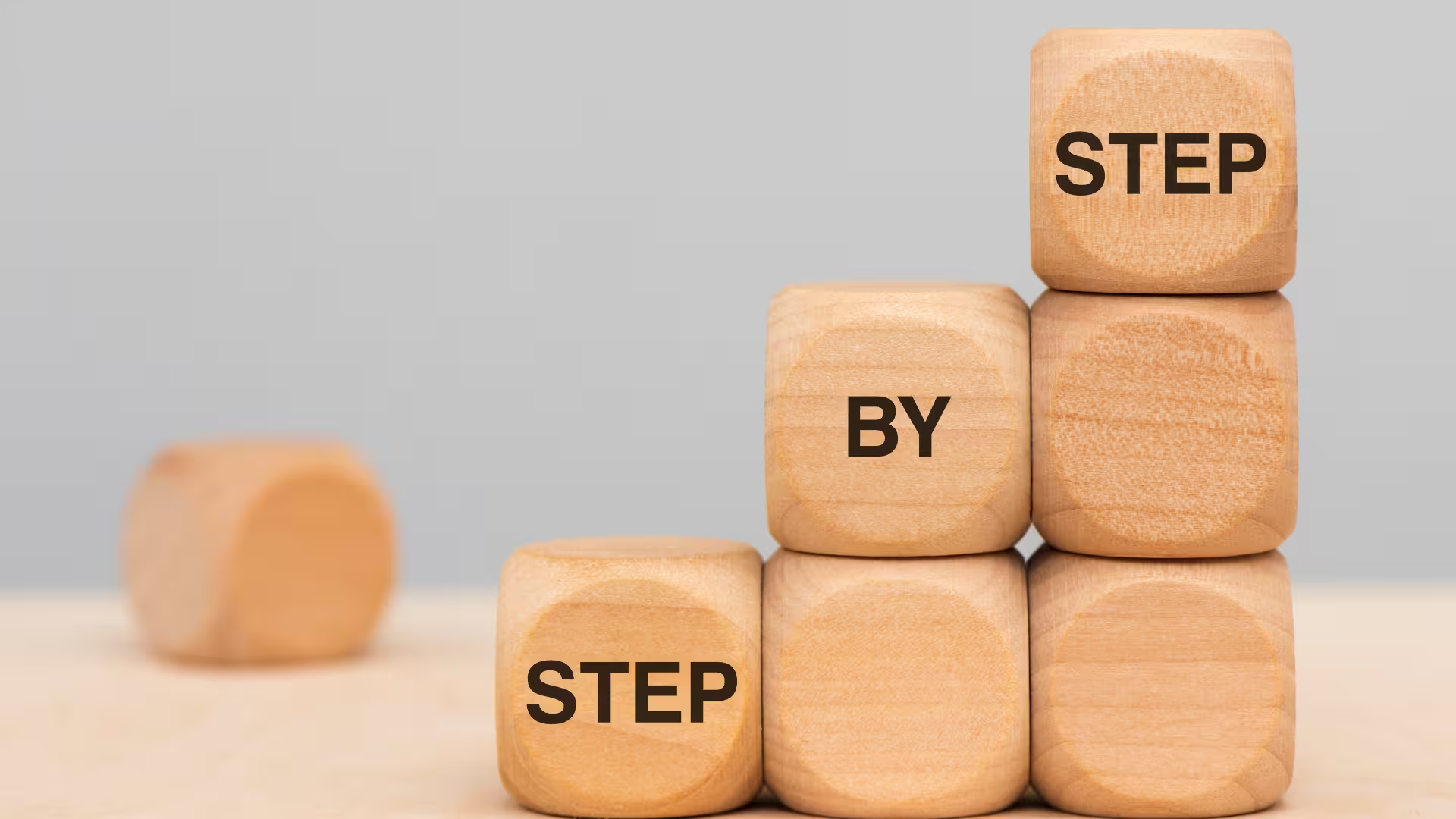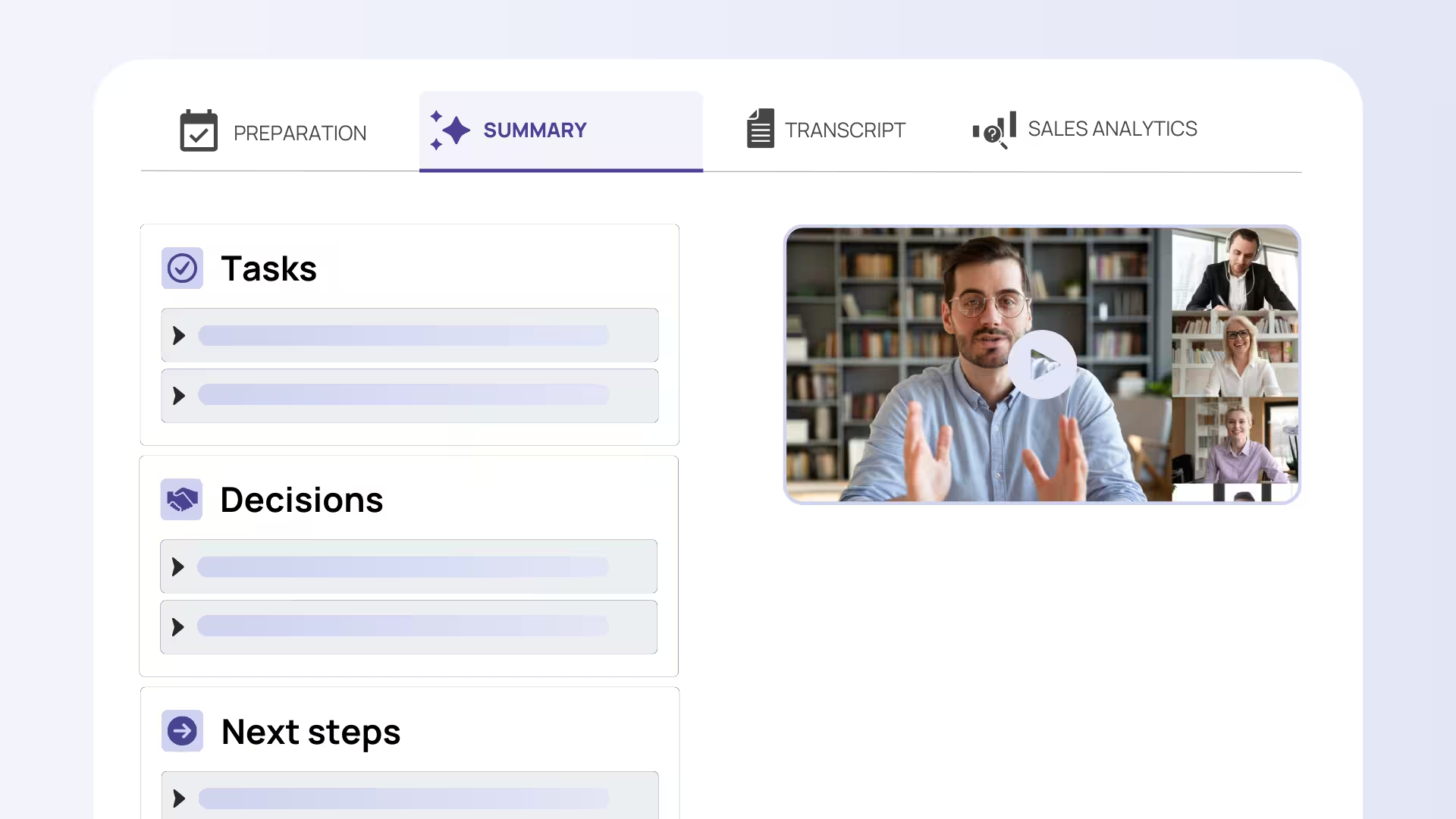Table of Contents
An alignment meeting is a structured gathering designed to unify team goals, strategies, and understanding across all stakeholders. Unlike typical status updates or routine check-ins, these meetings focus on building consensus and ensuring everyone moves forward with shared clarity.
In today's fast-paced, often remote and hybrid workplaces, alignment meetings have become essential for successful project execution. Teams spread across different locations and time zones face unprecedented challenges in maintaining cohesion and shared direction.
These meetings solve common workplace pain points that plague modern organizations: miscommunication between departments, siloed work that duplicates effort, and missed deadlines caused by unclear priorities. When teams operate without proper alignment, projects suffer from scope creep, conflicting objectives, and wasted resources.
The benefits are measurable and significant. According to Harvard Business Review research, organizations conducting regular alignment meetings report 25% higher on-time project completion rates and 30% improvement in team morale. These aren't just feel-good metrics—they translate directly to business success.
This article will guide you through every aspect of effective alignment meetings: from thorough preparation and strategic execution to leveraging modern tools and maintaining long-term accountability. You'll learn practical strategies that transform routine meetings into powerful drivers of team unity and project success.
Preparing for an Effective Alignment Meeting
Understanding the Purpose and Goals
The first step in successful alignment meeting preparation goes beyond scheduling another conference room session. You need crystal-clear objectives that focus on consensus-building and forward momentum rather than simply sharing updates.
Start by identifying key stakeholders and their specific roles. Leaders provide strategic direction and remove roadblocks. Project managers coordinate timelines and resources. Cross-functional team members bring diverse perspectives and ground-level insights. Each participant should understand why their presence matters and what unique value they contribute.
Consider this example: A software development team preparing for a product launch might include the engineering lead (technical feasibility), marketing manager (go-to-market strategy), and customer success director (user experience insights). Each brings essential knowledge that shapes the final aligned approach.
Crafting a Clear Agenda
A strong agenda serves as your meeting's roadmap. Essential components include brief introductions or role clarifications, concise progress reviews, focused discussion topics, collaborative solution brainstorming, and concrete action planning.
Distribute your agenda and relevant documents at least 24 hours in advance. This preparation time allows participants to gather necessary information, formulate thoughtful contributions, and arrive ready for productive discussion rather than playing catch-up.
Set realistic time allocations for each agenda item. A typical 90-minute alignment meeting might allocate 10 minutes for introductions, 30 minutes for progress review, 30 minutes for collaborative problem-solving, and 20 minutes for action planning. This structure keeps discussions focused and prevents meetings from running over scheduled time.

Gathering Background Information
Effective alignment meetings require comprehensive preparation. Collect up-to-date project data, key performance indicators, current challenges, and recent feedback from relevant team members before the meeting begins.
Pre-meeting surveys or asynchronous input tools prove especially valuable for remote participants across different time zones. These tools surface important issues and creative ideas that might otherwise remain unshared during the live session.
For example, a marketing team might use a simple survey asking: "What's your biggest concern about the upcoming campaign launch?" and "What opportunities are we missing?" This input helps facilitators address real concerns rather than assuming what matters most to participants.
Structuring the Alignment Meeting for Maximum Impact
Kick-off: Setting Context and Expectations
Opening remarks should clearly state the meeting's purpose and desired outcomes. This isn't the time for lengthy presentations—focus on establishing common ground and shared understanding of why everyone gathered.
Brief introductions or re-affirmation of shared goals help establish psychological safety and remind participants of their collective mission. Even teams that work together regularly benefit from this intentional moment of connection.
Reviewing Progress, Challenges, and Priorities
Share concise status updates focused on what matters most for decision-making and future planning. Encourage transparency about roadblocks or risks facing the project or team. This honesty prevents small issues from becoming major problems later.
Frame discussions around impact rather than activity. Instead of "We completed 15 tasks this week," try "We resolved the integration issue that was blocking the beta release." This approach keeps everyone focused on meaningful outcomes.
Collaborative Problem-Solving and Strategy Adjustments
Facilitate open discussions where diverse viewpoints are welcomed and valued. Use techniques like round-robin feedback or digital whiteboards to include all voices, supporting diversity and inclusion in your alignment process.
Encourage creative brainstorming for solutions and adaptive strategies. The best alignment meetings generate new ideas and approaches that no single person could have developed alone. Create space for "what if" thinking and experimental approaches.
For instance, when facing a budget constraint, an aligned team might discover that the marketing department's unused software licenses could be repurposed for the development team's new tool needs—a solution that emerges only through collaborative discussion.
Defining Clear Next Steps and Responsibilities
Agree on actionable tasks with assigned owners and specific deadlines. Vague commitments like "we'll work on that" doom follow-through efforts. Instead, establish clear accountability with statements like "Sarah will deliver the revised proposal by Wednesday at 2 PM."
Emphasize accountability and ensure everyone understands their role in follow-through. End this section by confirming each person's commitments and next steps before moving forward.

Post-Meeting Follow-Up and Sustaining Accountability
Documenting Meeting Outcomes
Share meeting minutes or summaries within 24 hours, including decisions made and action items with assigned owners. This documentation serves as the single source of truth for what was agreed upon and prevents confusion later.
Modern tools like Sally, an AI meeting assistant, can automate recording, transcription, and summarization to streamline this process. These solutions capture key points automatically and integrate notes into existing workflows, saving time while improving accuracy.
Tracking Progress and Maintaining Momentum
Schedule regular check-ins or pulse surveys to monitor execution of action items. These don't need to be full meetings—often a quick email template or project management tool update suffices.
Consider implementing alignment scorecards or feedback mechanisms to evaluate meeting effectiveness and ongoing team alignment. Simple questions like "How clear are you on your next steps?" and "How confident are you in our shared direction?" provide valuable insights for continuous improvement.
Adjusting Future Meetings Based on Feedback
Collect team input on meeting format, frequency, and content to continuously improve alignment sessions. What works for one team or project phase might need adjustment as circumstances change.
Encourage cultural sensitivity and adapt facilitation styles to team dynamics and diversity. Some teams thrive on rapid-fire brainstorming, while others need more structured, reflective discussion formats.
Tips, Tools, and Best Practices for Successful Alignment Meetings
Building a Collaborative and Inclusive Culture
Create psychologically safe spaces where all team members feel comfortable contributing. This means actively inviting quieter voices to share, acknowledging different communication styles, and treating all input with respect.
Proactively invite diverse perspectives to prevent groupthink and enrich discussions. Ask questions like "What are we not considering?" and "How might someone outside our industry approach this challenge?"
Leveraging Technology to Enhance Engagement
Recommended platforms for remote or hybrid alignment meetings include Microsoft Teams, Zoom, Miro, Asana, and Monday.com. Each offers unique features that support different aspects of collaborative alignment.
AI-powered tools like Sally can join meetings automatically, capture key points, and integrate notes into existing workflows. This technology reduces administrative burden while ensuring nothing important gets lost in translation.

Real-World Examples and Lessons Learned
A fast-growing SaaS startup reduced project delays by 40% through weekly alignment meetings with cross-functional participation. Their secret was keeping meetings focused on decision-making rather than information sharing.
A manufacturing firm improved product launch timelines by 15% after adopting monthly alignment sessions between engineering, production, and sales teams. They discovered that early collaboration prevented costly late-stage changes.
Common pitfalls to avoid include overly broad agendas that try to cover too much ground, unclear follow-ups that leave participants confused about next steps, and lack of stakeholder engagement that reduces buy-in for decisions made.
Conclusion: The Strategic Value of Alignment Meetings for Business Success
Alignment meetings foster clarity, collaboration, and coordinated action that drives measurable business results. They transform scattered individual efforts into focused team momentum that consistently delivers better outcomes.
The benefits extend beyond improved deadline adherence to include boosted morale, increased innovation through diverse input, and stronger working relationships across departments. These meetings create the foundation for sustained organizational success.
Start improving your alignment meetings today by focusing on thorough preparation, inclusive facilitation, and consistent follow-up. Leverage technology tools that enhance rather than complicate your process, and remember that the goal is always meaningful connection that drives action.
The investment in effective alignment meetings pays dividends in reduced rework, faster decision-making, and teams that consistently exceed expectations. Your next project success might depend on how well you align your team around shared goals and clear action plans.

Try meeting transcription now!
Experience how effortless meeting notes can be – try Sally free for 4 weeks.
Test NowOr: Arrange a Demo Appointment

.avif)


